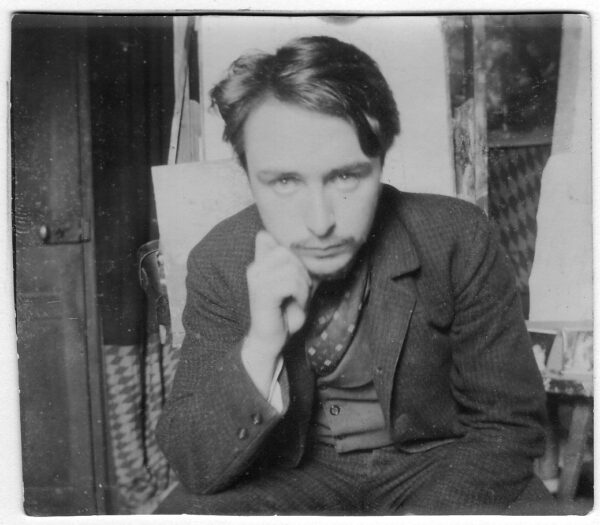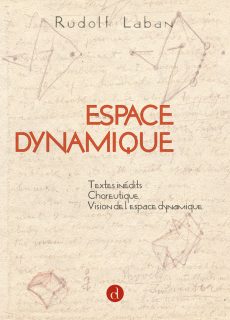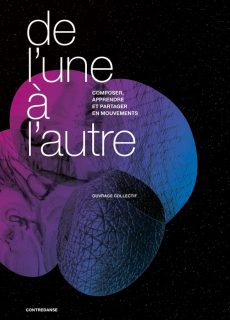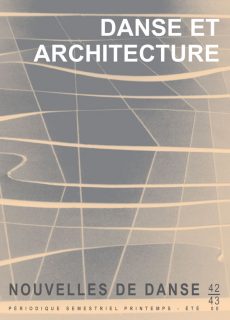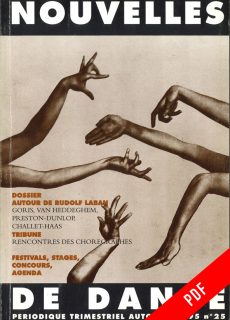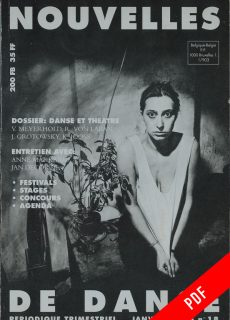Rudolf Laban
Born in 1879 in the Austro-Hungarian Empire, Rudolf Laban began his training in painting and architecture in Paris, taking an early interest in the links between the body, human behavior and the constructions in which people function. By discovering theater and dance, he found a more comprehensive means of exploring and developing his questioning of how human beings interact with space.
In addition to his preliminary training in the visual arts, and the influence of the thinking of artists such as Kandinsky, who valued the expressive power of the medium itself, and Schoenberg, who challenged traditional theories of harmony in music, we might also mention his interest in Jung’s thinking on the functions of the psyche, and his encounter with Emile Jaques-Dalcroze’s rhythmics and François Delsarte’s system of movement.
From the outset of his career in dance, he chose to position himself as both artist and researcher, producing both large-scale theatrical performances, with a reiterated interest in large groups (which would later lead him to the practice of movement choirs), and essays, books and practical experiments aimed at establishing for dance the foundations of a movement theory that was non-existent at the time, and of which he remains one of the main instigators, if not the only one.
He propagated the ideal of “free dance”, placing at the heart of his approach a constantly renewed questioning of the function of performance and dance, which led him to explore fields as diverse as artistic creation, industrial work, education, therapy, notation and thought on movement.
“Espace Dynamique“, published by Editions Contredanse, includes unpublished texts, “Choreutique” and “Vision de l’espace dynamique” by Rudolf Laban.
